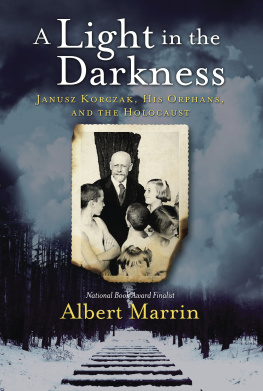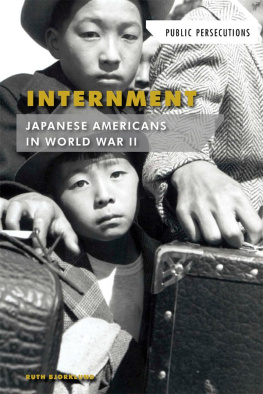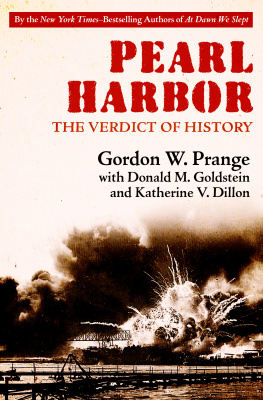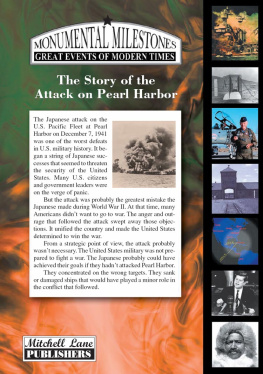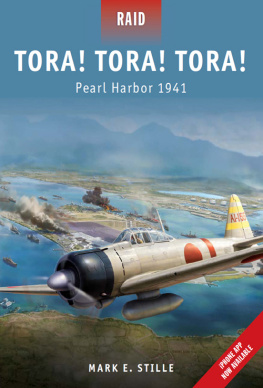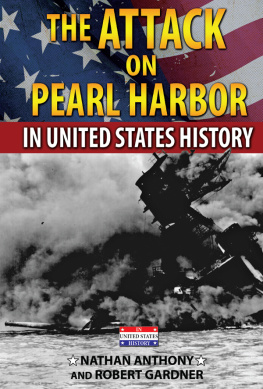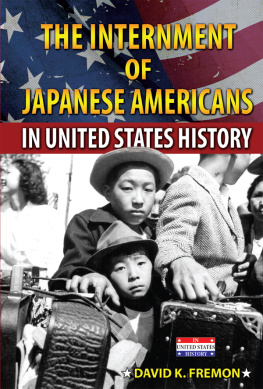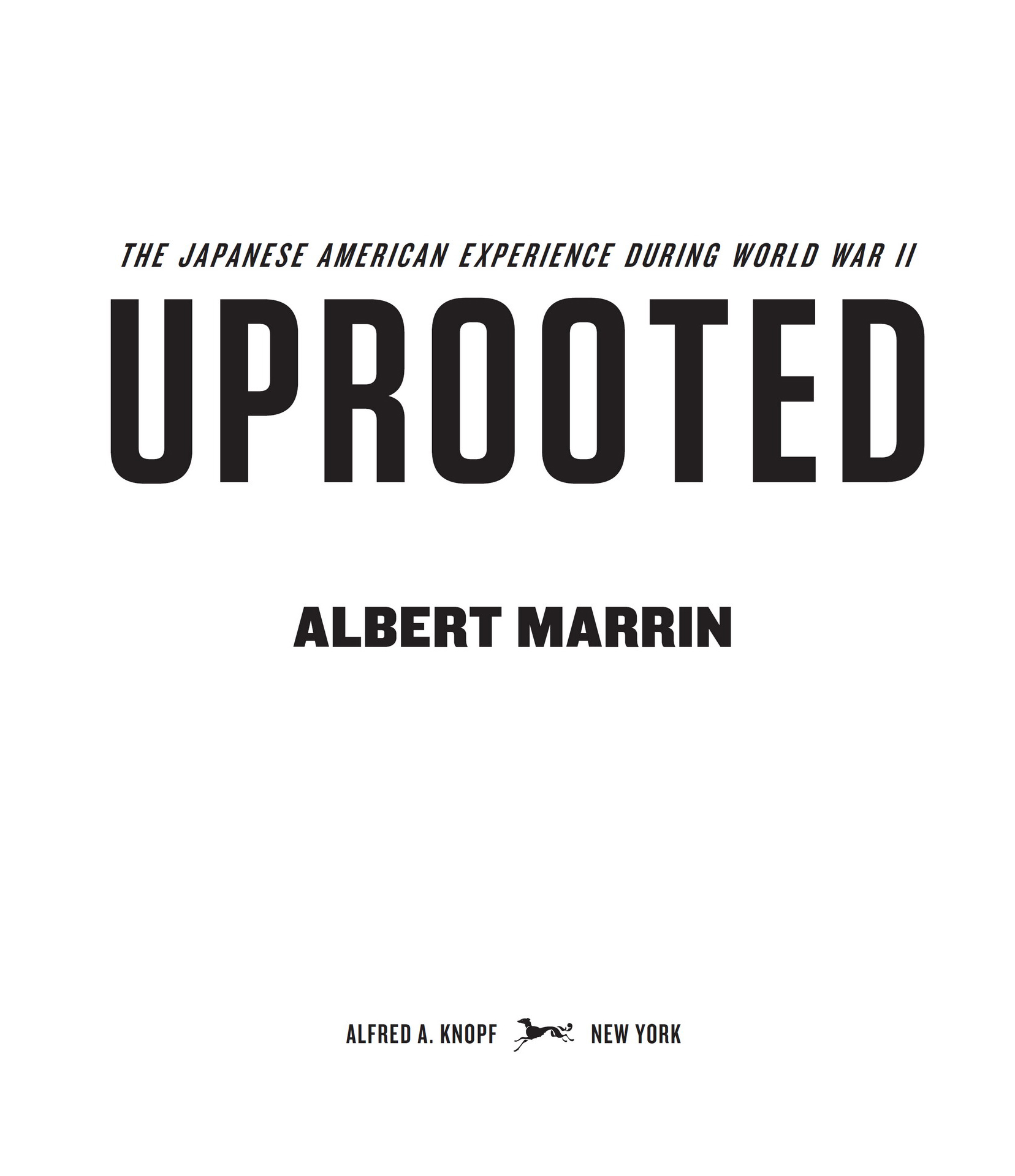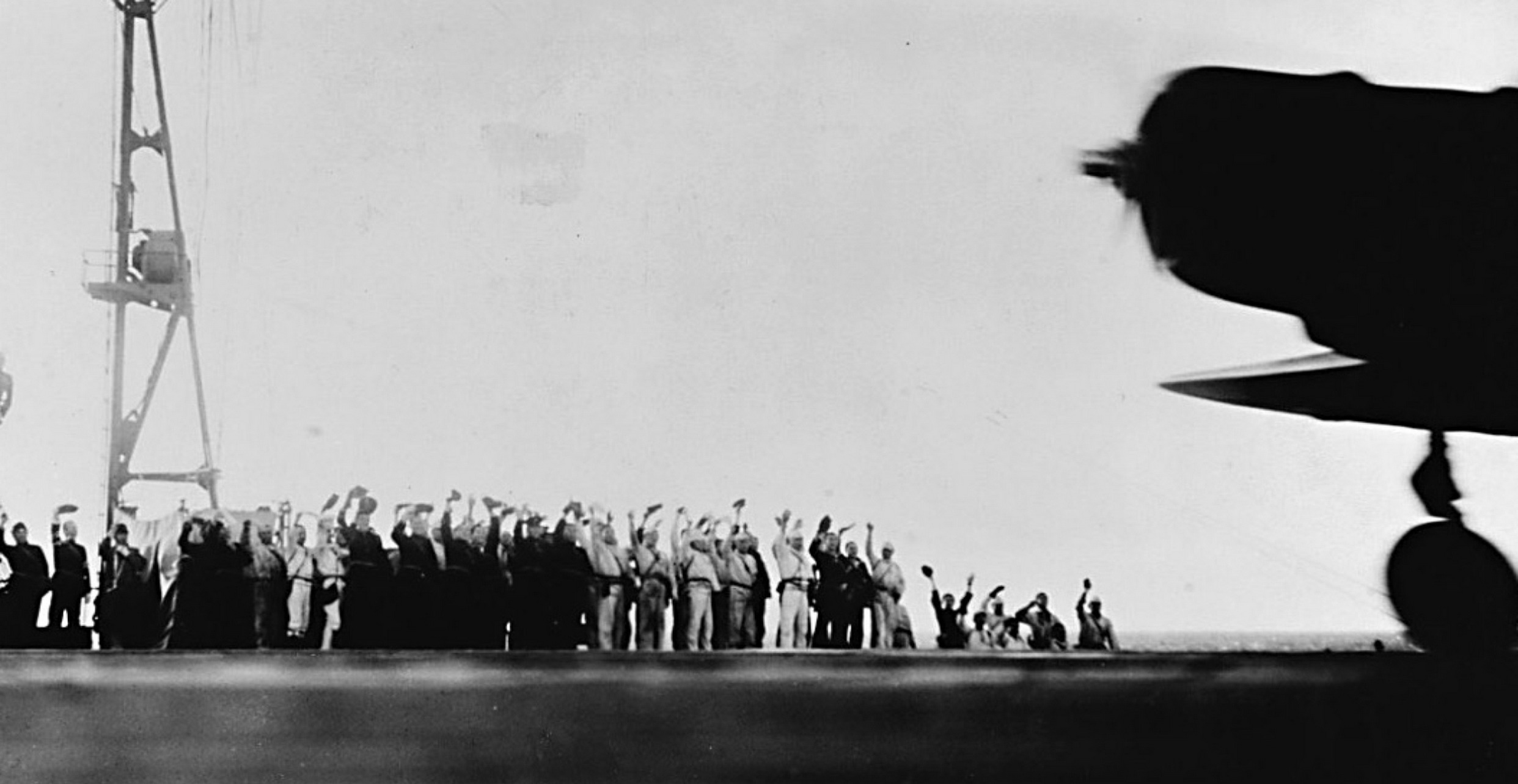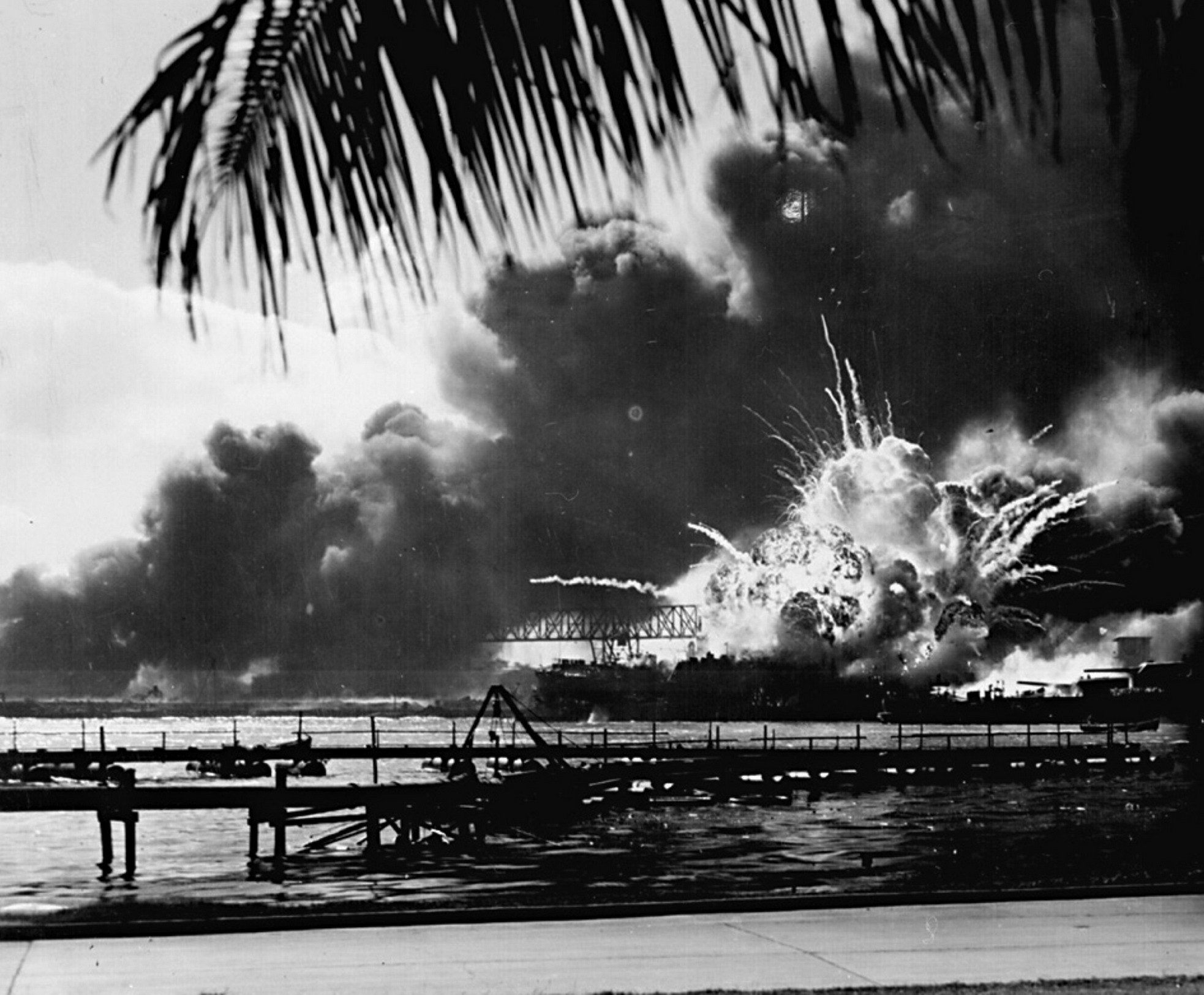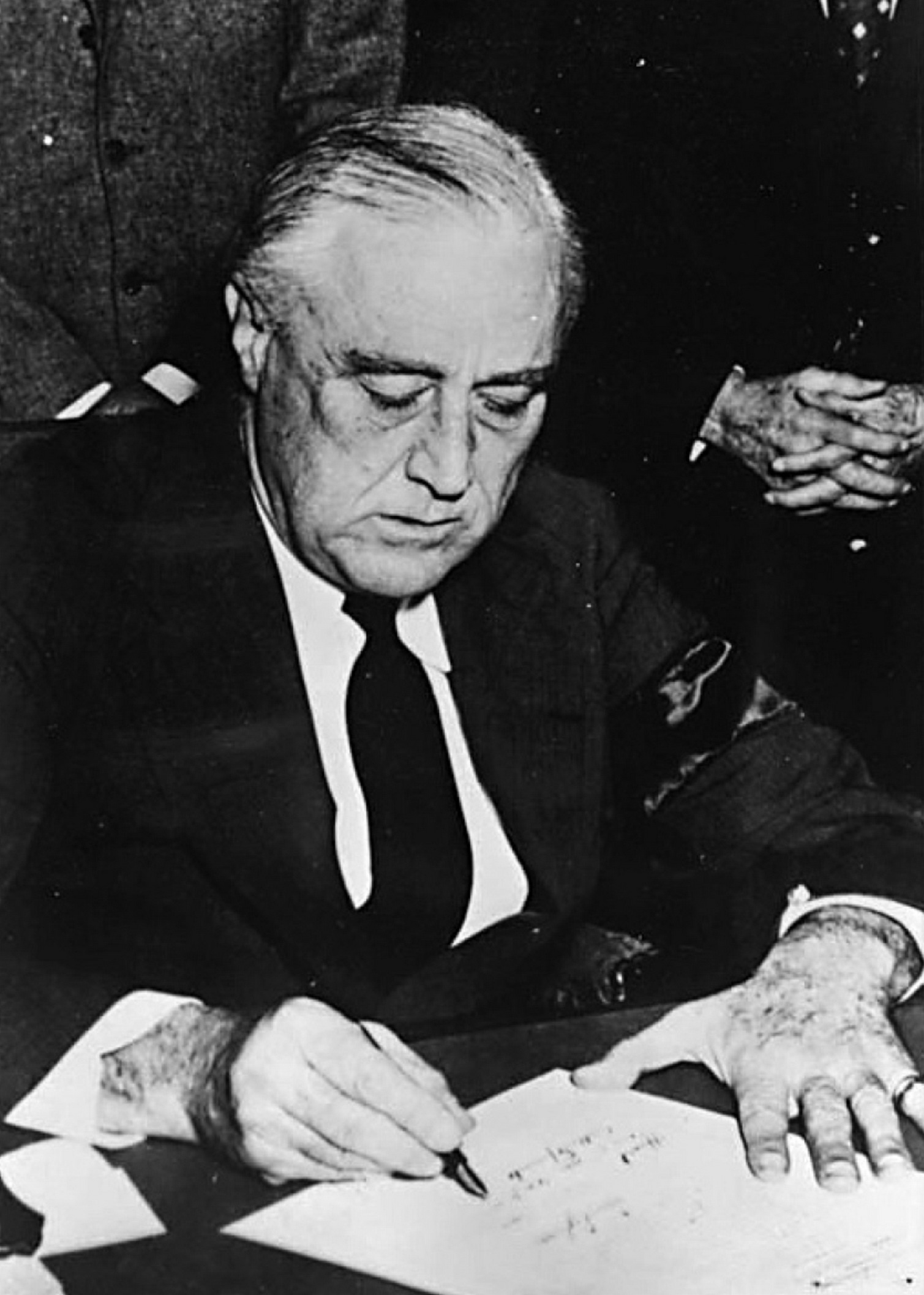Albert Marrin - Uprooted: The Japanese American Experience During World War II
Here you can read online Albert Marrin - Uprooted: The Japanese American Experience During World War II full text of the book (entire story) in english for free. Download pdf and epub, get meaning, cover and reviews about this ebook. year: 2016, publisher: Knopf Books for Young Readers, genre: History. Description of the work, (preface) as well as reviews are available. Best literature library LitArk.com created for fans of good reading and offers a wide selection of genres:
Romance novel
Science fiction
Adventure
Detective
Science
History
Home and family
Prose
Art
Politics
Computer
Non-fiction
Religion
Business
Children
Humor
Choose a favorite category and find really read worthwhile books. Enjoy immersion in the world of imagination, feel the emotions of the characters or learn something new for yourself, make an fascinating discovery.

- Book:Uprooted: The Japanese American Experience During World War II
- Author:
- Publisher:Knopf Books for Young Readers
- Genre:
- Year:2016
- Rating:4 / 5
- Favourites:Add to favourites
- Your mark:
Uprooted: The Japanese American Experience During World War II: summary, description and annotation
We offer to read an annotation, description, summary or preface (depends on what the author of the book "Uprooted: The Japanese American Experience During World War II" wrote himself). If you haven't found the necessary information about the book — write in the comments, we will try to find it.
Just seventy-five years ago, the American government did something that most would consider unthinkable today: it rounded up over 100,000 of its own citizens based on nothing more than their ancestry and, suspicious of their loyalty, kept them in concentration camps for the better part of four years.
How could this have happened?Uprootedtakes a close look at the history of racism in America and carefully follows the treacherous path that led one of our nations most beloved presidents to make this decision. Meanwhile, it also illuminates the history of Japan and its own struggles with racism and xenophobia, which led to the bombing of Pearl Harbor, ultimately tying the two countries together.
Today, America is still filled with racial tension, and personal liberty in wartime is as relevant a topic as ever. Moving and impactful, National Book Award finalist Albert Marrins sobering exploration of this monumental injustice shines as bright a light on current events as it does on the past.
Albert Marrin: author's other books
Who wrote Uprooted: The Japanese American Experience During World War II? Find out the surname, the name of the author of the book and a list of all author's works by series.

